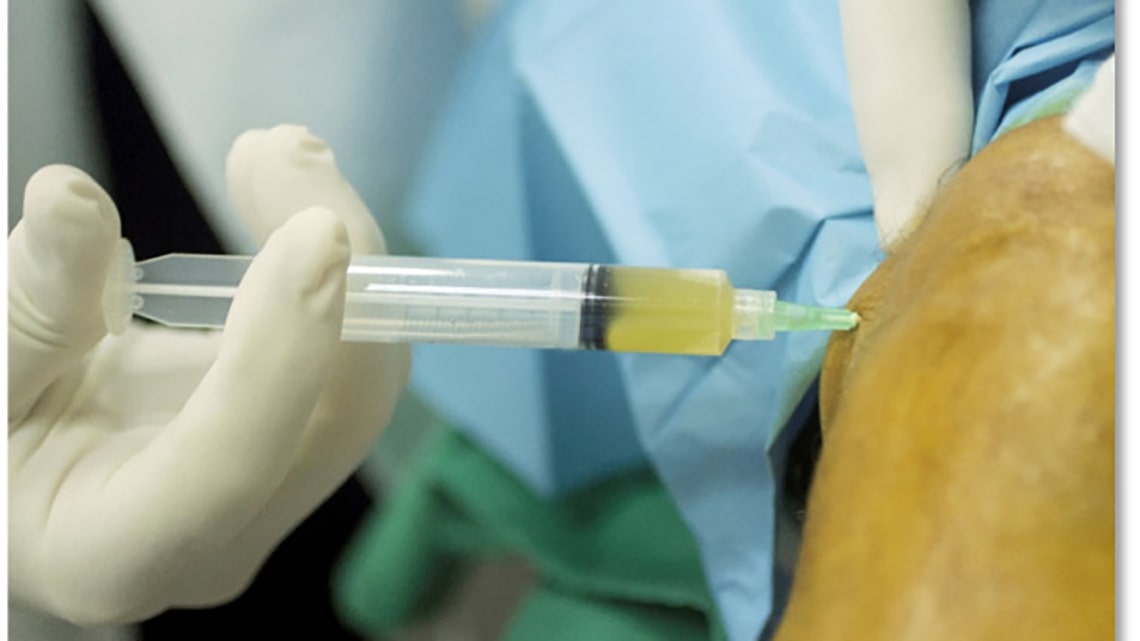You have gone through training, you have purchased PRP kits, and you have done a fairly good job of marketing the services you intend to offer. But where are the patients? Why aren’t they flocking to your clinic in droves?
In many cases, patients are slow to warm up to platelet-rich plasma (PRP) injections as a treatment for hair loss. Some of them may be terrified as a result of seeing images of Kim Kardashian’s vampire treatment. Others may have reached the point where they just assume they will be destined to struggle with hair loss for the rest of their lives. Regardless of the reason, the solution is the same: education.
We like to say that knowledge is power, right? We say it because it is true. So arming your patients with accurate information about hair loss and PRP treatment is one of the best ways to increase the volume of patients who eventually elect to have the procedure.
Important Points to Cover
We see education as being key to helping people embrace the benefits of PRP for hair loss. The better doctors are able to explain regenerative medicine to their patients, the more likely those patients are to see the benefits of PRP therapy. A good education strategy will focus on the most important points, including the following:
-
- Hair loss is normal. According to Medical Daily’s Shirley Gomez, NIH statistics indicate that the average person loses about 100 hairs every single day. Under normal circumstances, this hair is replaced and the person doesn’t know the difference. But people suffering from hair loss do not replace their hairs as quickly, if at all, leading to baldness.
- Hair loss is caused by many different things. Before a doctor can explain the benefits of PRP therapy, patients first need to know what could be causing their hair loss. The truth is, hair loss is caused by lots of different things. Talk about age, underlying disease, the use of certain medications, stress, etc.
- The science of PRP therapy. Next, doctors should explain the science behind PRP therapy. They should help patients understand what platelets are, what they do for the body, and how they promote natural healing in a variety of different ways. They should speak specifically about how PRP therapy targets hair loss.
- The techniques behind PRP therapy. A good education strategy also includes some discussion about the techniques used to apply PRP therapy. Doctors might want to give patients a look at their PRP kits while explaining this.
Pros and cons of the therapy. Finally, education should include all the pros and cons of PRP therapy for hair loss. Remember that one of the things that keeps people away is fear. If doctors lay everything out in a fact-based manner, there is less for patients to fear.
Questions about FDA Approval
Doctors should be prepared to field more questions about FDA approval in light of all the media coverage regenerative medicine has been getting since last summer. Such questions should not be avoided or danced around. Giving straightforward answers based on the facts of science and regulation will put the minds of patients at ease.
PRP as a treatment for hair loss is gradually becoming a more widely accepted option alongside pharmaceutical treatments and replacement surgeries. If you are just beginning to test the PRP waters, know that educating your patients is an important part of what you will be doing.



